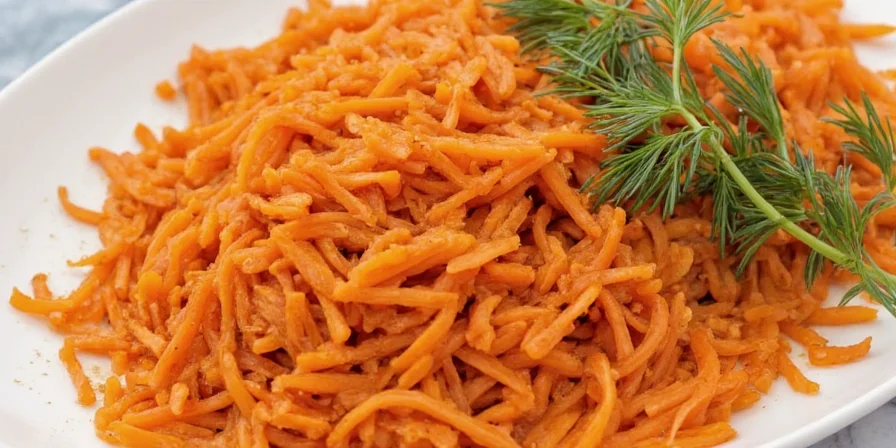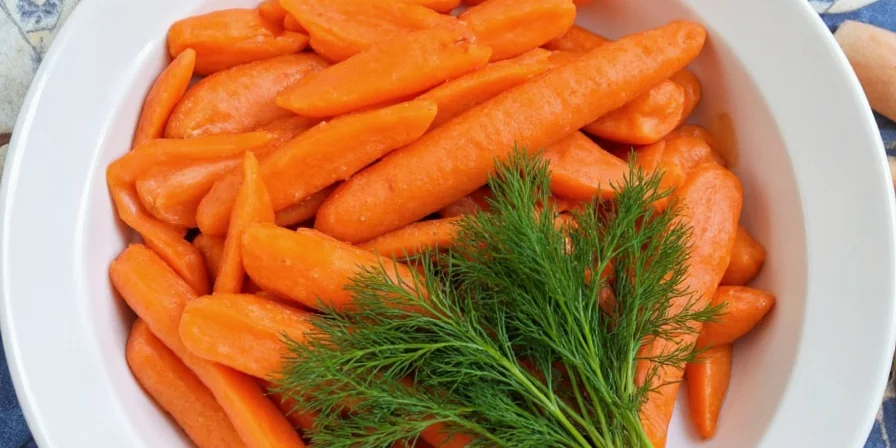Carrot & Dill: The Unexpected Spice Combo That Steals the Show!
You might not think of carrots and dill as a power couple in your spice rack, but trust us — this is one pairing that deserves its own reality show. Think of it as the "Odd Couple"", but instead of bickering roommates, you get a culinary dream team.
In this article, we’ll take you on a flavor-packed journey through the world of carrot and dill pairings. From why these two ingredients work so well together to practical recipes you can try at home, you’ll be ready to whip up some seriously spiced-up meals by the time you’re done reading.
Table of Contents
- Why Carrot and Dill Work So Well Together
- Top 5 Carrot & Dill Recipes You Need to Try
- Pro Tips for Maximizing Flavor
- Spice Comparison Table
- Final Thoughts & Takeaways
Why Carrot and Dill Work So Well Together
Let’s start with a little chemistry lesson — no lab coat required.
Carrots: Naturally sweet, earthy, and slightly woody when roasted or caramelized.
Dill: Bright, grassy, and slightly citrusy with a hint of anise-like undertone.
When combined, these two flavors create a kind of yin-yang effect:
- The sweetness of the carrot balances out dill’s sharpness.
- Dill adds a refreshing lift to carrots’ hearty depth.
- Together, they enhance each other without overpowering.
Science Behind the Magic
According to flavor pairing theory (yes, that’s a real thing), ingredients sharing volatile compounds often complement each other beautifully. Carrots and dill both contain compounds like limonene and terpinolene, which contribute to their shared bright, herbaceous qualities.
Top 5 Carrot & Dill Recipes You Need to Try

1. Lemon-Dill Glazed Roasted Carrots
- Ingredients: Baby carrots, olive oil, lemon zest + juice, fresh dill, honey, salt & pepper
- Method: Toss carrots with oil, roast until tender and slightly caramelized. Whisk lemon juice, zest, honey, and dill; drizzle over warm carrots before serving.
- Taste Profile: Bright, tangy, and slightly sweet with an aromatic herbal kick.
2. Dill & Carrot Hummus
- Ingredients: Cooked carrots, chickpeas, tahini, garlic, fresh dill, lemon juice, cumin, olive oil
- Method: Blend all ingredients until smooth. Adjust seasoning, top with chopped dill and paprika for flair.
- Taste Profile: Creamy, earthy, and loaded with herby freshness — perfect for dipping or spreading.
3. Spicy Maple Dill Carrot Fries
- Ingredients: Sliced carrots, maple syrup, chili powder, smoked paprika, fresh dill, coconut oil
- Method: Toss carrots with oil, spices, and maple syrup. Roast until crispy, finish with fresh dill before serving.
- Taste Profile: Sweet, spicy, and fragrant — like a campfire marshmallow kissed by a Nordic forest.
4. Dilled Carrot Soup with Crispy Sage
- Ingredients: Carrots, onion, garlic, vegetable broth, fresh dill, heavy cream (optional), butter, sage leaves
- Method: Sauté onions and garlic, add carrots and broth, simmer until soft. Blend until smooth, stir in dill and a splash of cream. Top with crispy sage.
- Taste Profile: Rich, velvety, and full-bodied with a pop of herbaceous brightness.
5. Carrot & Dill Pickles (Fermented Style)
- Ingredients: Thinly sliced carrots, fresh dill, garlic, sea salt, water, optional spices like mustard seeds or peppercorns
- Method: Pack into mason jars with dill, garlic, and brine solution. Ferment for 3–5 days at room temperature. Store in fridge.
- Taste Profile: Tangy, probiotic-rich, and packed with umami and herbaceous notes.
Pro Tips for Maximizing Flavor in Your Carrot & Dill Creations
Ready to level up your carrot-dill game? Here are some expert-level tricks to keep in your spice drawer:
- Use Fresh Dill When Possible – Dried dill loses much of its brightness. For best results, add fresh dill at the end of cooking to preserve its aroma and flavor.
- Roast Your Carrots – Roasting intensifies the natural sugars in carrots and gives them a deep, complex flavor that pairs perfectly with dill.
- Add Citrus Zest – A touch of lemon or orange zest enhances both carrot and dill profiles, adding brightness and contrast.
- Brown Some Butter – For richer dishes, brown a bit of butter and toss it over roasted carrots or stir into soups. It adds a nutty dimension that complements the herbaceousness of dill.
- Pair With Other Herbs – Dill plays nicely with parsley, chives, or thyme. Experiment with small amounts to find your ideal flavor blend.
- Sprinkle Smoked Salt – A pinch of smoked salt elevates the whole experience by giving it a savory backbone that highlights the sweetness of the carrots and brightness of dill.
Spice Comparison: Carrot vs. Dill Flavor Profiles
| Flavor Attribute | Carrots | Dill |
|---|---|---|
| Taste Profile | Sweet, earthy, woody | Grassy, citrusy, slightly anise-like |
| Best Cooking Method | Roasting, steaming, fermenting | Raw in dressings, added at the end of cooking |
| Aroma | Mild, rooty, soil-like | Fragrant, fresh, green |
| Complementary Flavors | Ginger, cinnamon, coriander, orange | Lemon, garlic, fennel, mint |
| Pairs Best With | Cheeses, grains, meats | Yogurt, cucumbers, fish, potatoes |
Final Thoughts: Why Carrot & Dill Belong Together

There’s a reason carrots and dill have been dancing together in kitchens from Scandinavia to Eastern Europe for centuries — they just get each other.
If you're a spice lover who's always looking for the next big flavor combo, give this underrated duo a chance. Whether you're roasting, fermenting, blending, or pickling, carrots and dill will surprise you with their versatility and balance.
And hey — if nothing else, remember this: carrots bring the warmth, dill brings the zing, and together, they bring the magic.











 浙公网安备
33010002000092号
浙公网安备
33010002000092号 浙B2-20120091-4
浙B2-20120091-4